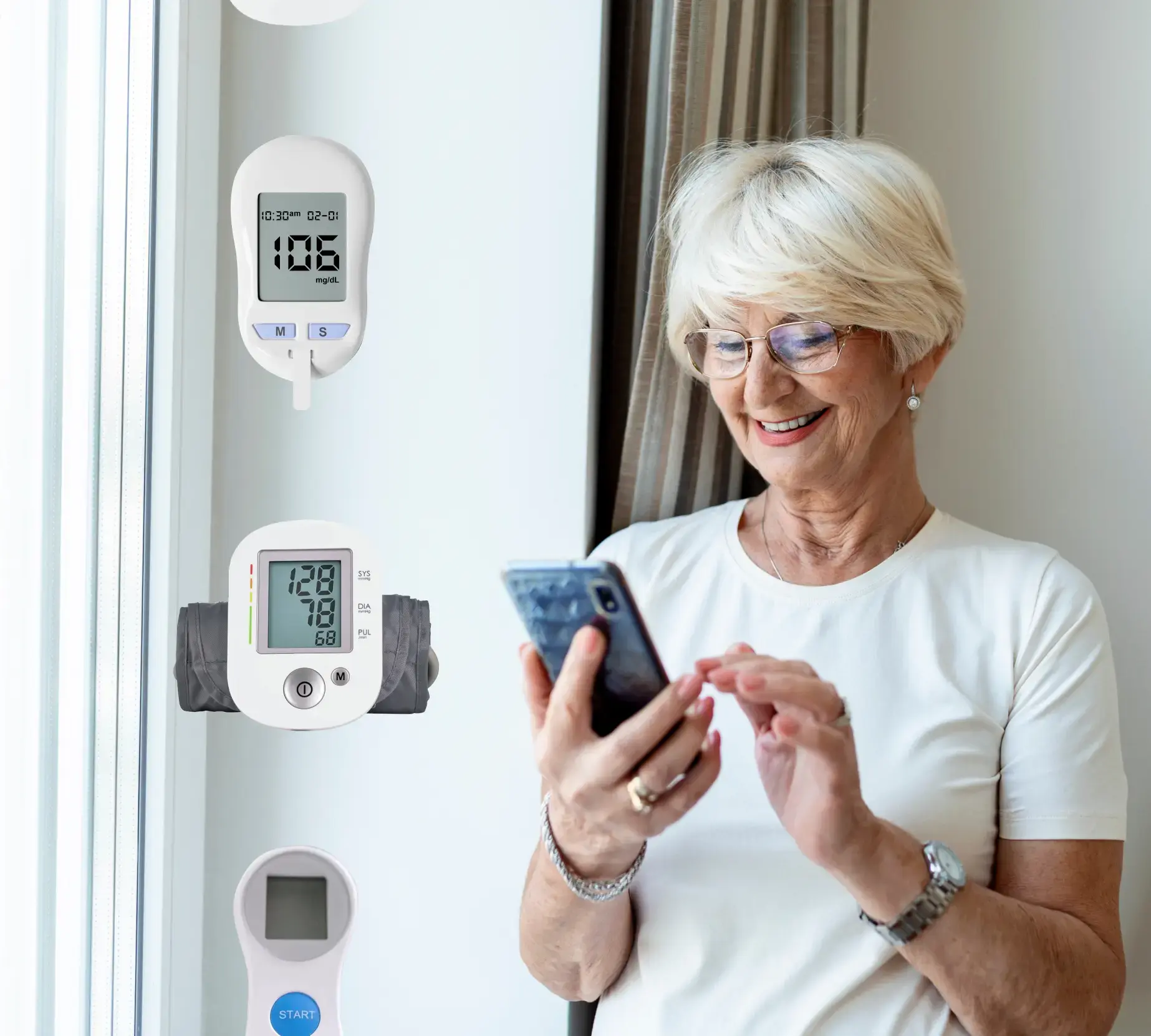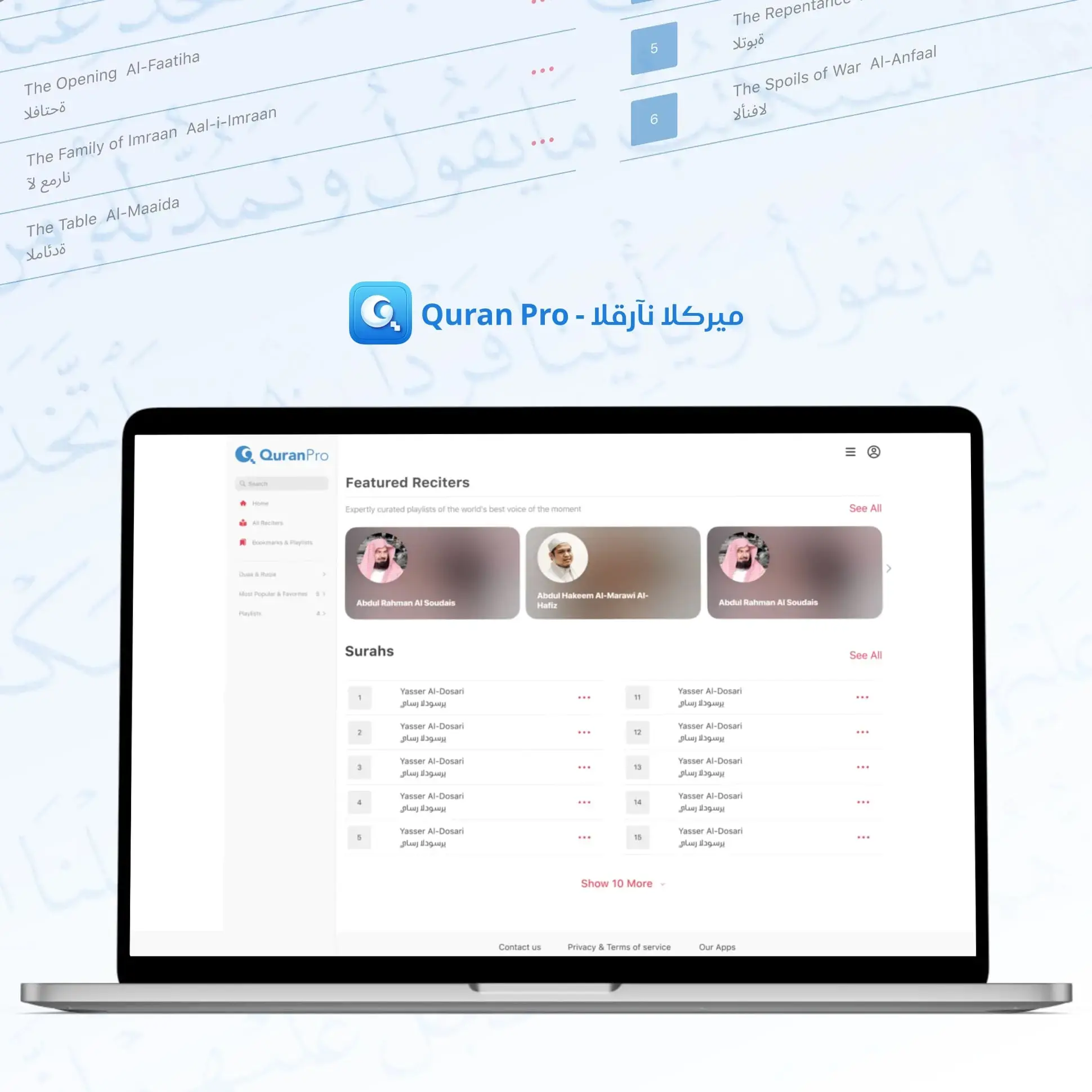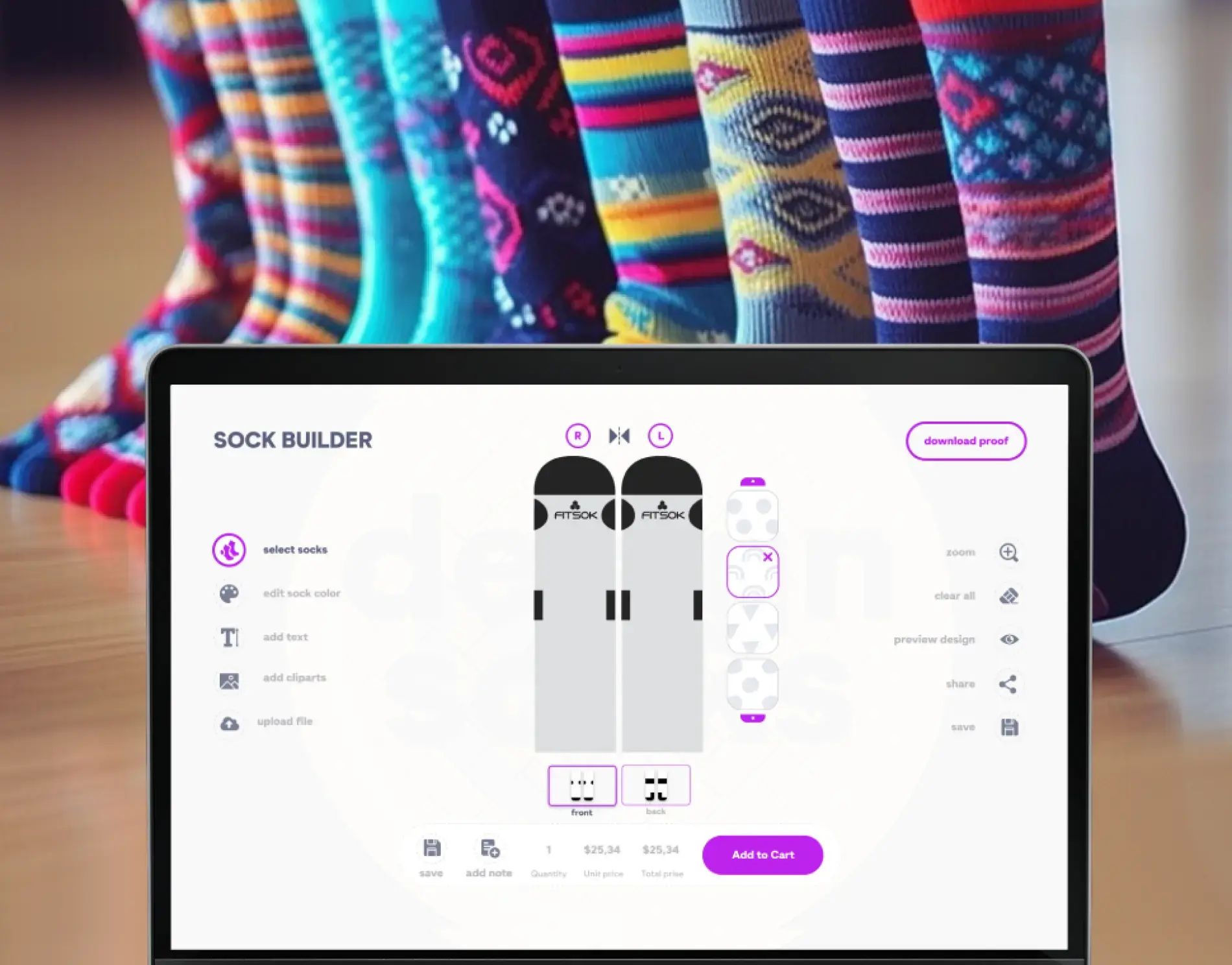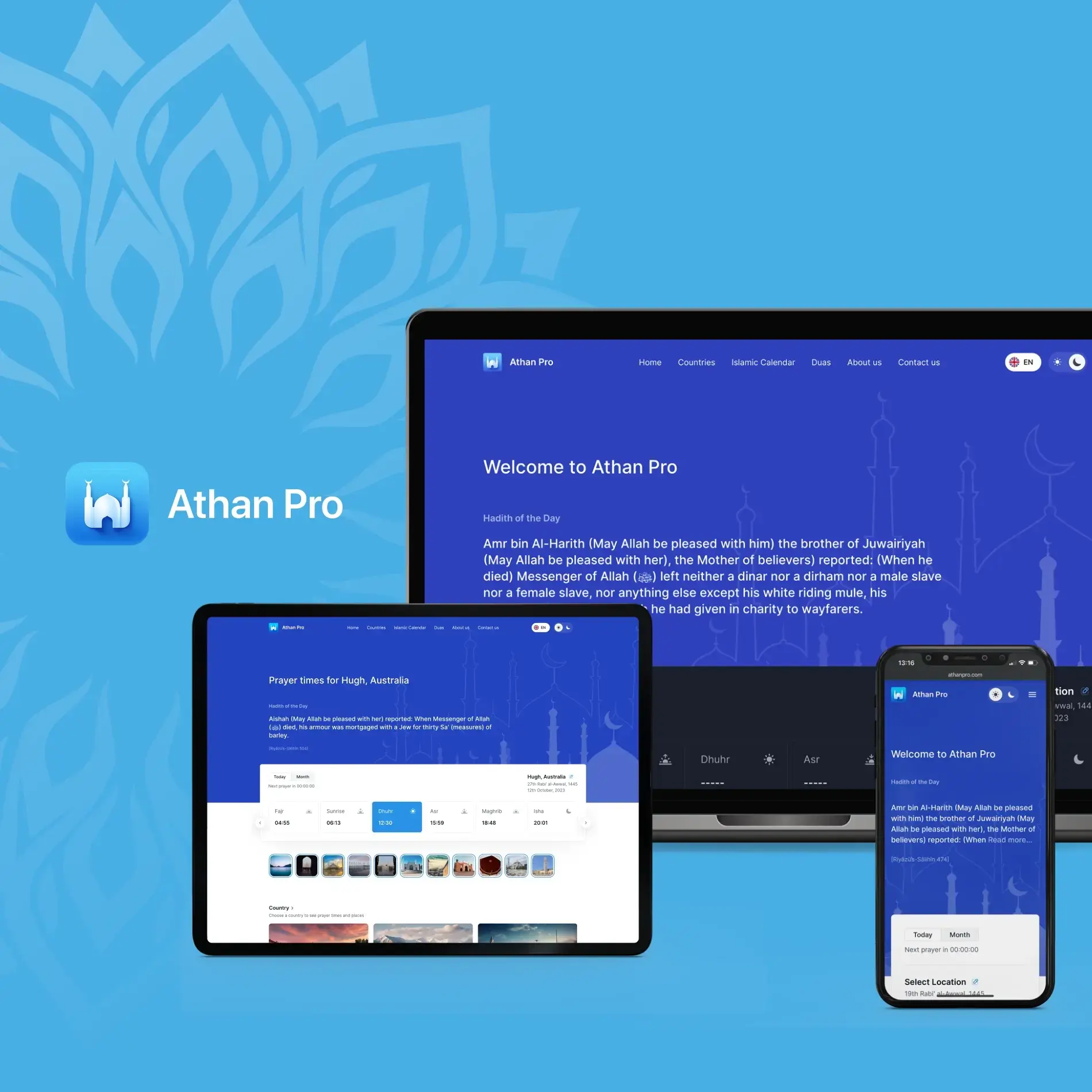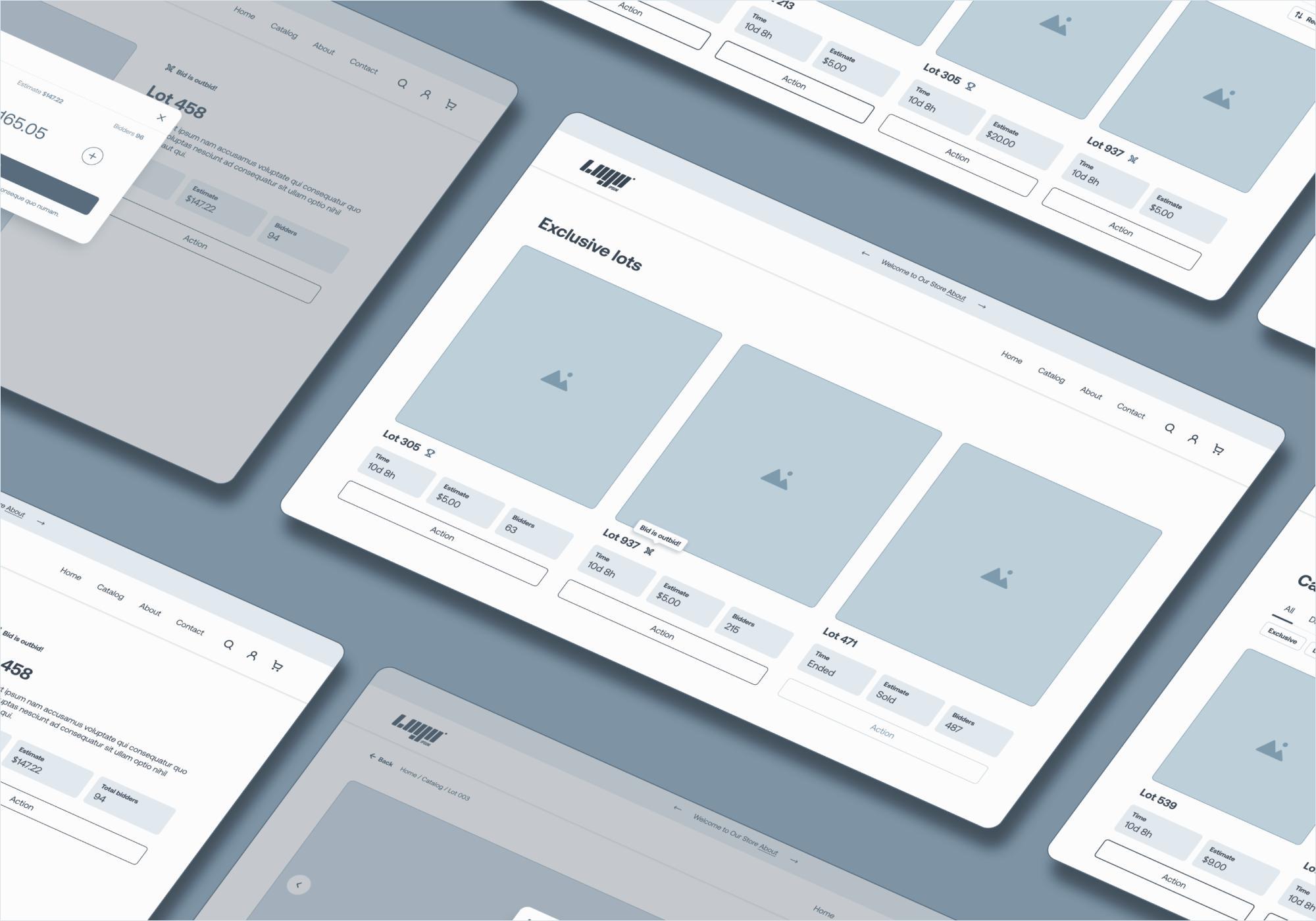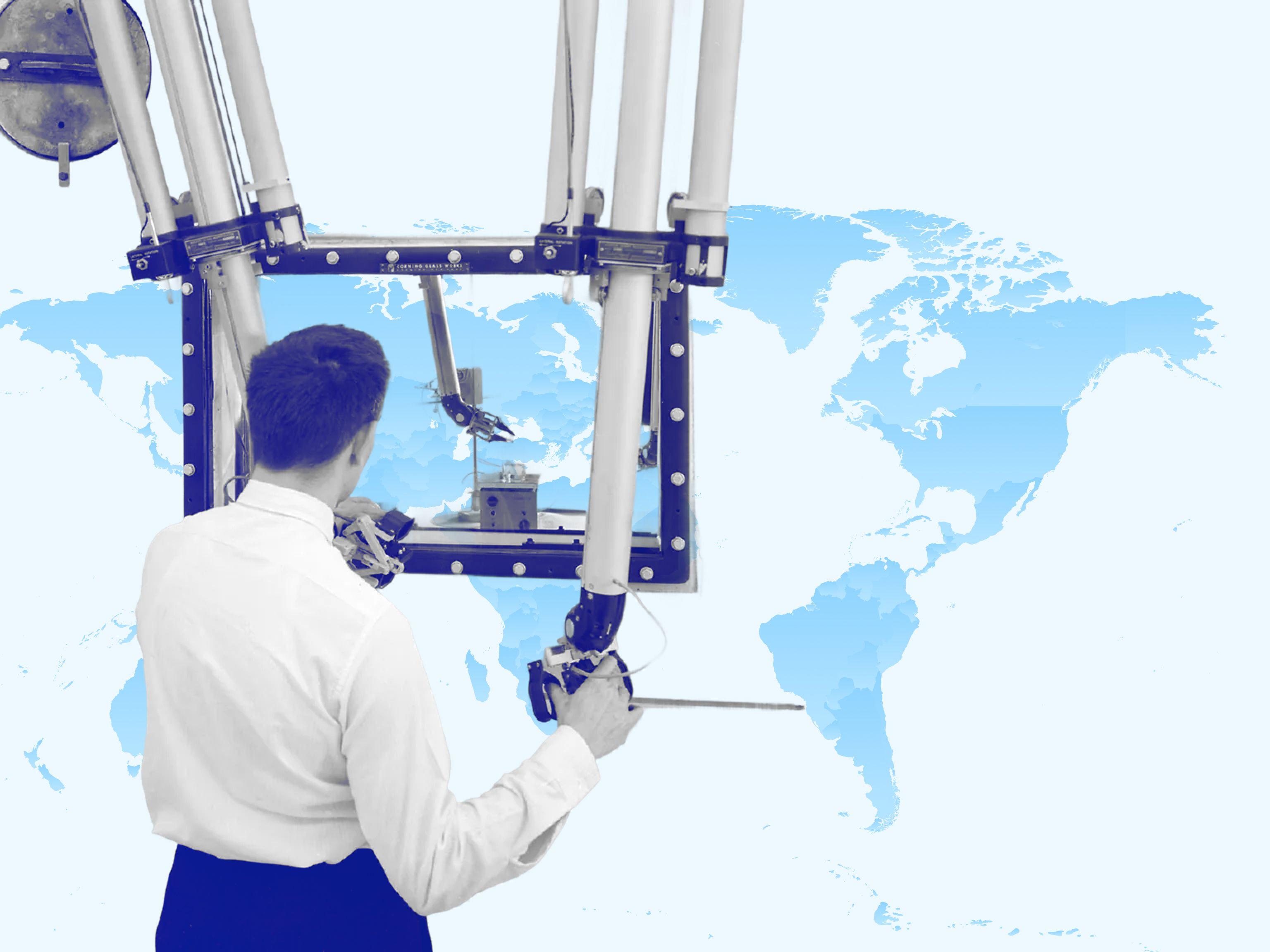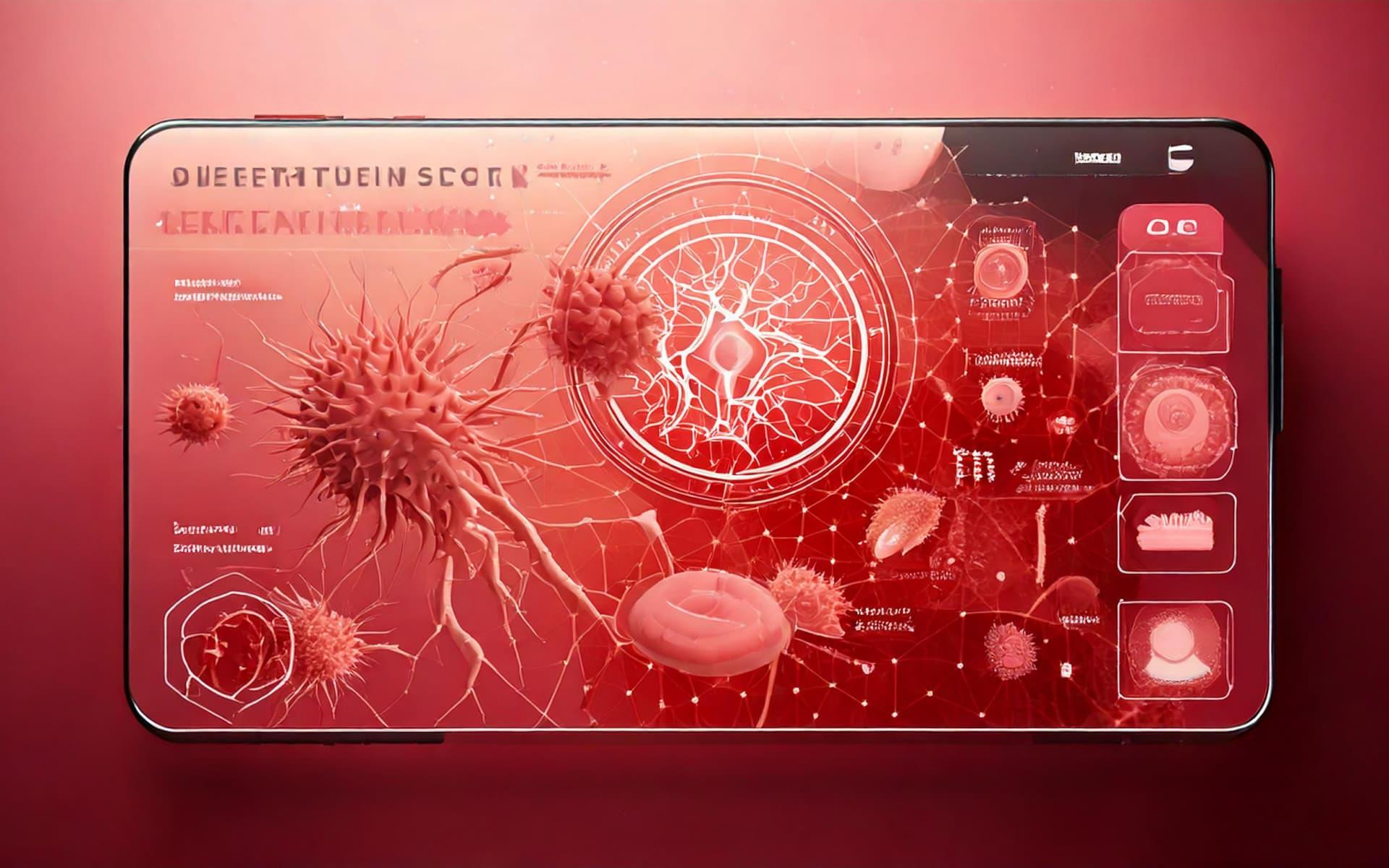
- App Development
- Healthcare Software
- Project Estimation
Developing Teledermatology Apps: A Comprehensive Guide
Read our guide to teledermatology app development so you can create your own solutions that help people and make a difference in the medical industry.
November 19, 2024 | Updated on November 24, 2025 | 10 min

Sergei Skirev
CTO at JetBase
Table of Contents
Our Cases
Innovation isn’t just about ideas - it’s about execution, turning vision into reality, and creating solutions that truly make an impact. See what we’ve built and how it works:
- HealthCare
- Media & Entertainment
- eCommerce
- Amazon Web Services
- Cloud Cost Optimization
- Serverless Application
- Retail
- HealthCare
- Media & Entertainment
- eCommerce
- Amazon Web Services
- Cloud Cost Optimization
- Serverless Application
- Retail

